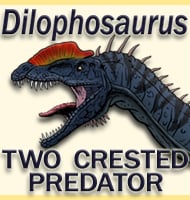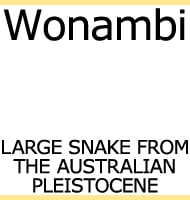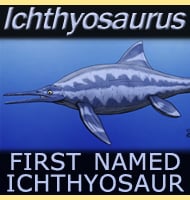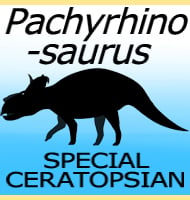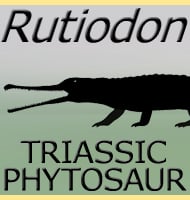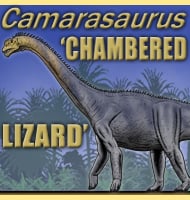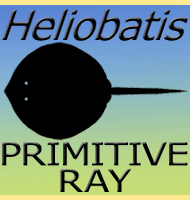In Depth
When first named in 1979, Dravidosaurus was described as a stegosaurid dinosaur, and given that the holotype was in a Coniacian of the late Cretaceous aged deposit, possibly the last stegosaur to exist. However, this claim seems to have been made prematurely, as in 1991 a palaeontologist named Sanker Chatterjee visited the site fossil site and identified the remains as being those of not a stegosaur, or even a dinosaur, but instead a partial pelvis and hind limb of a plesiosaur. Chatterjee followed this up in a 1996 paper co-authored with Rudra, and in 2011 another study, this time by Wilson, Barrett and Carrano confirmed that the holotype remains of Dravidosaurus are indeed from a plesiosaur.
Further Reading
- A new stegosaurian dinosaur from Upper Cretaceous sediments of south India. - Journal of the Geologicial Society of India 20(11):521-530. - P. Yadagiri & K. Ayyasami - 1979. - KT events in India: impact, rifting, volcanism and dinosaur extinction, by S. Chatterjee & D. K. Rudra. In, Proceedings of the Gondwanan Dinosaur Symposium, Brisbane, Memoirs of the Queensland Museum, 39(3). - Novas & Molnar (eds) - 1996. - An associated partial skeleton of Jainosaurus cf. septentrionalis (Dinosauria: Sauropoda) from the Late Cretaceous of Chhota Simla, central India. - Palaeontology, 54(5), 981-998. - J. A. Wilson, P. M. Barrett & M. T. Carrano - 2011.

